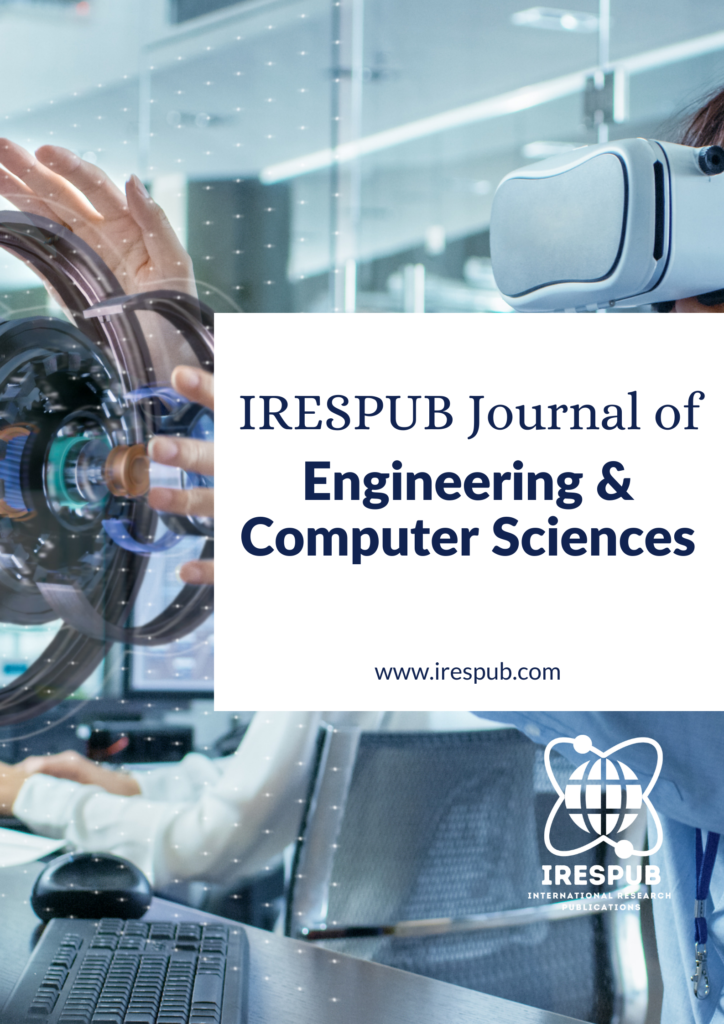
Year Launched: 2021
Journal Menu
- Scope & Research Areas
- Instructions for Authors
- Article Processing Charge
Journal List
- Natural & Applied Sciences
- Life Sciences
- Business Management
- Education & Literature
- Humanities & Cultural Studies
- Medical & Dental Sciences
- Engineering & Computer Sciences
- Agriculture, Food & Nutrition
- Environmental & Material Sciences
- Wellness & Lifestyle Management
- Arts & Ideas
- Law, Policy & Religion
Implicit second-derivative runge-kutta collocation methods for the solution of systems of initial value problems
Volume 1, Issue 1, Nov-Dec 2021 | Page 15-32 | PDF (548K) | Pub. Date: November 7, 2021
Author(s)
Donald J. Z1*, G.M Kumleng2, and Yusuf. S2 ; 1,2Department of Mathematics, Adamawa State University, Mubi, Nigeria, 2Department of Mathematics, University of Jos, Plateau State, Nigeria
Abstract
In this paper, we present a class of implicit Second-derivative Runge-Kutta collocation methods designed for the numerical solution of systems of initial value problems that are derived and studied. We also discuss the difficulty associated with large regions of absolute stability. In this case, one must take advantage of the second derivative terms in the methods. We involve the introduction of collocation at the two endpoints of the integration interval in addition to the Gaussian interior collocation points and also the introduction of a different class of basic second derivative methods. With these modifications, fewer function evaluations per step are achieved. The stability and consistency properties of the methods are investigated, with the solution curves of the new methods. Numerical examples are given to illustrate the accuracy and efficiency of the proposed methods.
Keywords
gaussian interior points; block hybrid scheme; continuous scheme; system of equations; second-derivative runge-Kutta methods
Cite this paper
Donald, J. Z., Kumleng, G. M., Yusuf, S. (2021), Implicit second-derivative runge-kutta collocation methods for the solution of systems of initial value problems, IRESPUB Journal of Engineering & Computer Sciences. Volume 1, Issue 1, Nov-Dec 2021, Page 15-32
References
[1] Adesanya, A. O., Fotta, A.U., & Onsachi, R.O. (2016), Runge-Kutta Collocation Method for the Solution of First Order Ordinary Differential Equations. Journal of Nonlinear Analysis and Differential Equations, 4, no. 1, 17-26.
[2] Akinfenwa, O.A., Abdulganiy, R.I., Akinnukawe, B.I., Okunuga, S.A. &Rufai,U.O. (2017), Continuous L-Stable Multi-Derivative Hybrid Implicit Runge-Kutta Method of Order Five for the Integration of Stiff Problems, International Journal of Management and Applied Science. Volume-3, Issue1. ISSN: 2394-7926.
[3] Butcher JC. Order and stability of Runge–Kutta methods, Nanjing University Seminars, May, 2014.
[4] Butcher, J.C. &Hojjati, G. (2005), Second Derivative Methods with Runge-Kutta Stability, Numerical Algorithms, 40 415 – 429.
[5] Chan, R. P.K. & Tsai, A. Y. J. (2010), On Explicit Two-derivative Runge-Kutta Methods, NumerAlgor 53,171-194.
[6] Donald,J.Z., Skwame, Y.,& Dominic, R. (2015), Reformulation of implicit one-step Legendre polynomial Hybrid Block Method in form of implicit Runge-Kutta collocation methods for the solutions of first-order ordinary differential equations.ADSUJSR, 03(2):356-367.
[7] Markus, S. &Yakubu, D.G. (2016), Application of Second Derivative Runge-Kutta Collocation Methodsto Stiff Systems of Initial Value Problems. Leonard Journal of Science. Vol-3, 43-66
[8] Yakubu, D. G. (2003), Single-step Stable Implicit Runge-Kutta Method Based on Lobatto Points for Ordinary Differential Equations. Journal of the Nigerian Mathematical Society, 22, 57-70.
[9] Yakubu, D.G., Hamza, A. Markus, S., Kwami, A.M. &Tumba, P. (2010), Uniformly Accurate Order Five Radau-Runge-Kutta Collocation Methods. Abacus Journal of Mathematical Association of Nigeria, Mathematics series, 372A75-94.
[10] Yakubu, D.G., Manjak, N. H., Buba S.S., &Maksha, A. I. (2011), A Family of Uniformly Accurate Order Runge-Kutta Collocation Methods, Journal of Computational and Applied Mathematics, 30, No.2, Pp 315-330.
[11] Yakubu, D.G.&Kwami, A.M. (2015), Implicit Two- Derivative Runge-Kutta Collocation Methods for Systems of Initial Value Problems. Journal of the Nigerian Mathematical Society. 34(2):128-142.
[12] Yakubu, D.G., Kumleng, G.M., and Markus, S.(2017), Second derivative Runge-Kutta Collocation Methods based on Lobatto nodes for stiff systems. Journal of modern methods in numerical mathematics 8:1-2, page 118-138.
[13] Yusuf, S., G.M Kumleng & Donald J.Z. (2019), Implicit Second-Derivative Runge-Kutta Collocation Methods of Uniformly Accurate Order 3 and 4 for the Solution of Systems of initial Value Problems

